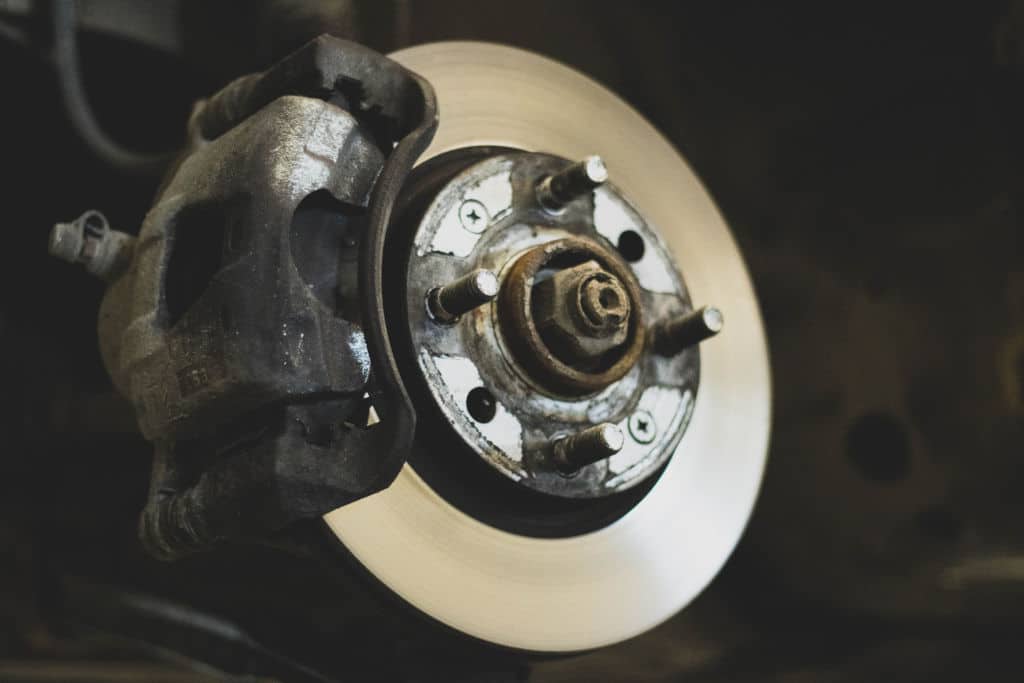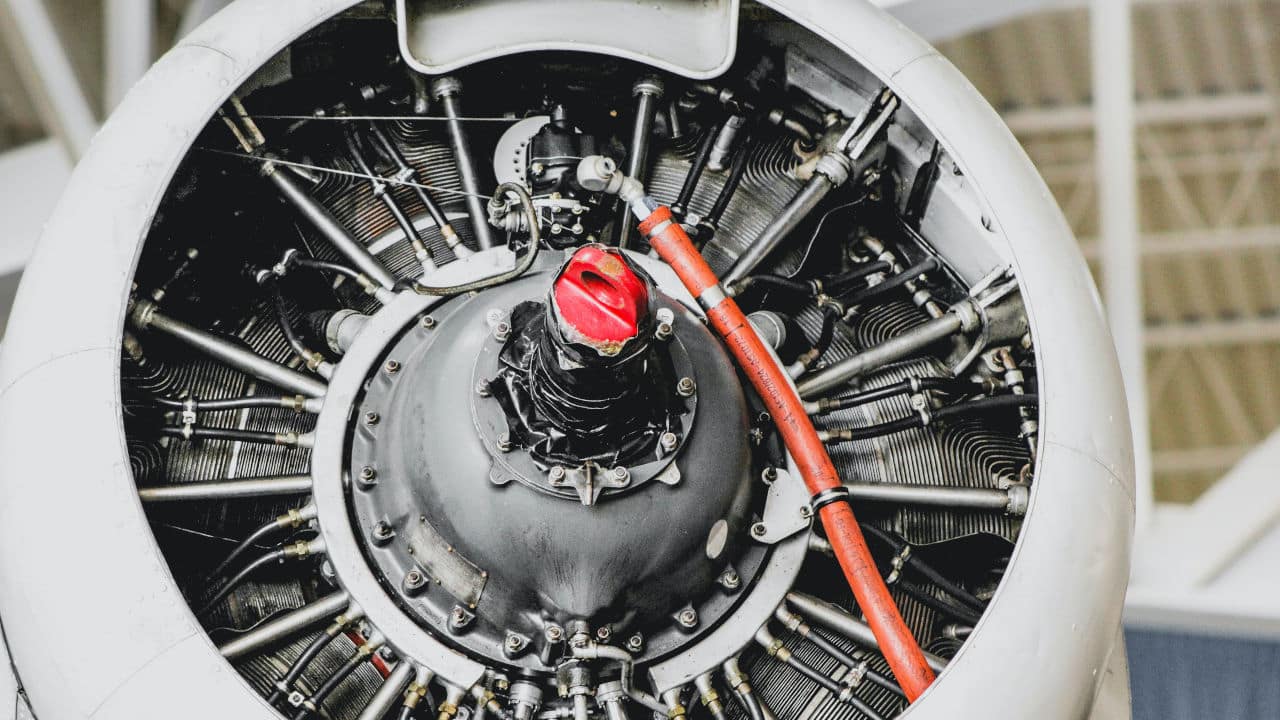Many interactive mechanical activities go on in the brake system of a vehicle. Even though the mechanics of a car’s brake system differs from that of a semi-truck or giant truck, it’s still an incredible work of engineering which may not be understood by someone who has been driving different cars for decades.
Explaining how pressure on the brake pedal in a hydraulic brake system starts the quick and almost timeless process of halting a car can be tasking; especially in a case where such needs to be made bare before the eyes of other people who are to make a decision based on the functioning of a brake system but aren’t mechanically savvy.
The layman thinks the brakes are just pushed, and the tires are stopped, but a lot of components are put together to bring about the mechanical reactions needed to stop a moving vehicle.
How Does A Brake System Work?
There are different types of brakes in various vehicles. Hence, components of these brakes may vary. We have hydraulic, mechanical, and different kinds of power brakes.
Thus, irrespective of the variation in components and the type of braking system, they all serve one function: to change energy types necessary for halting or slowing down the motions of a car.
However, this article will dwell more on doing a breakdown of how a hydraulic braking system works.
Hydraulics Braking System
Due to its properties, the hydraulic system must be free of air. It’s a system that works based on the transmission of a special liquid called the brake fluid to alter the motion of a car.
It consists of the brake pedal, brake servo, pushrod, master cylinder, piston, reservoir, and hydraulic lines. All these components function coherently to help control the motion of a vehicle.

It all starts with a push of the component called the brake pedal, which is the visible part where a driver applies pressure with the leg.
The brake servo serves as a device that takes the brunt and reduces the force you need to apply to the brake pedal by increasing the pressure of the driver’s foot on the brake pedal.
The brake pedal then transfers the mechanical pressure applied by the vehicle driver to another component referred to as the pushrod.
The pushrod is another essential component that transfers the force from the brake pedal through the brake servo to the master cylinder.
Hence, the master cylinder, which is the heart of the hydraulic brake system, converts the pressure from the brake pedal into hydraulic pressure with the aid of the piston.
It is the function of the reservoir to hold enough brake fluid to prevent air from getting into the hydraulic system.
When the fluid has been released due to the pressure from the brake pedal, the hydraulic lines carry the fluid into the wheel cylinders causing the vehicle to stop.
However, once the pressure is released from the brake pedal, the process is reversed, and the components are mechanically orchestrated back to their positions.
Why Illustrate The Brake System With 3d Animation?
3d animation has been an excellent way to communicate complex mechanics and scenarios to a layman visually.
They are actively used in the courtroom as a visual legal strategy called litigation animation.
With 3d animation, cases of brake failures can be clearly illustrated to aid the jury’s decision-making process.
According to a survey by The National Highway Traffic Safety Administration, about 2% of all car accidents in the United States result from brake failure. This clearly shows that of the millions of crashes that happen nationwide, thousands of them are caused by brake failure, which implies that some will end up in court either to prove reckless driving, manufacturer’s liability, or even mechanic liability.
This has been evident in cases including Hasson v. Ford Motor Co., Maloney v. Rath, Suzuki Motor of America, Inc. v. Johns, Sydnor v. Westchester County, etc.
Hence, the usefulness of 3d animation as a form of litigation animation comes to the fore.
Expert witnesses and attorneys on a case can use it to clearly illustrate to the jury the mechanics of a functional braking system and the malfunctioning components in the braking system to support their facts and arguments in a case.
In conclusion, 3d animation is a tool that can help present these components to the jury so that the progression and the functioning or malfunctioning of this system will be understood without ambiguity, even if they have no mechanical knowledge of how a car braking system works.





